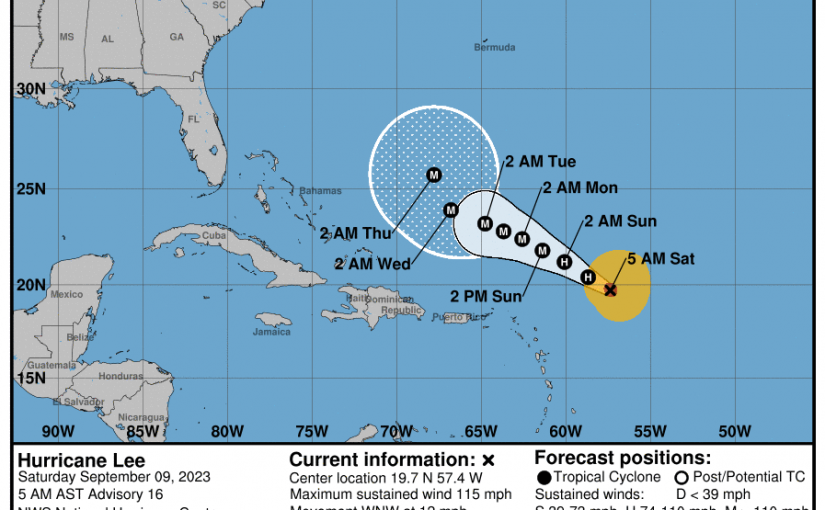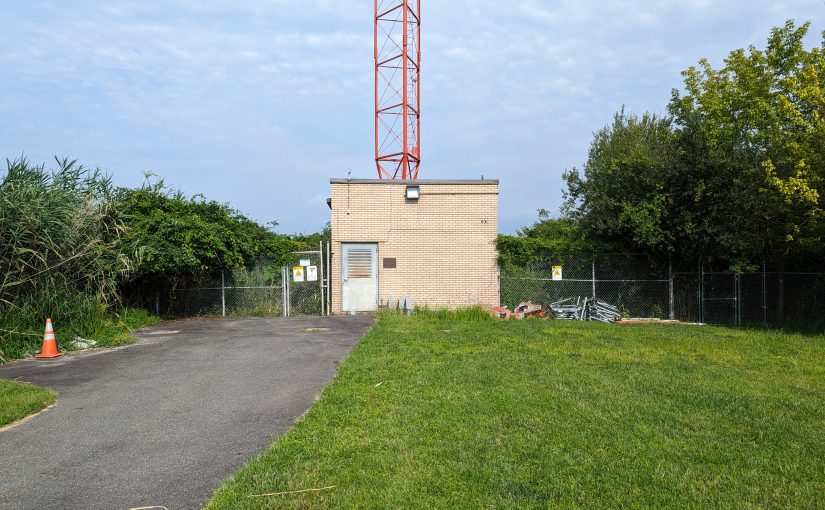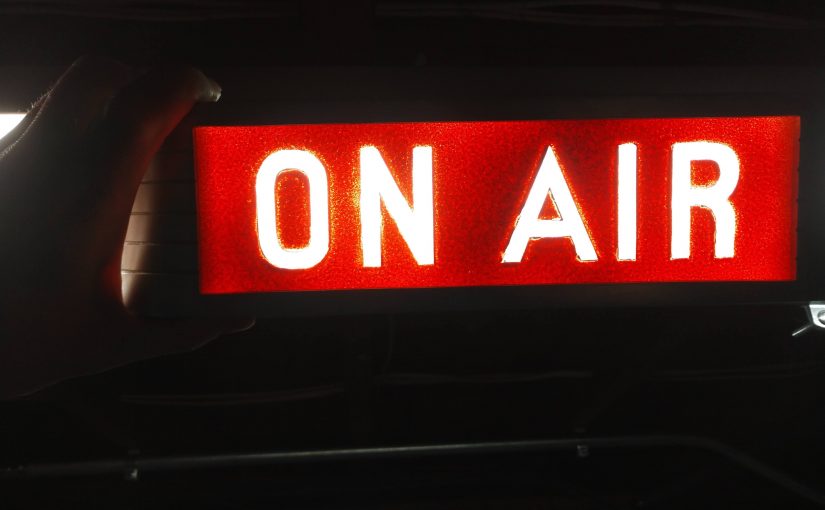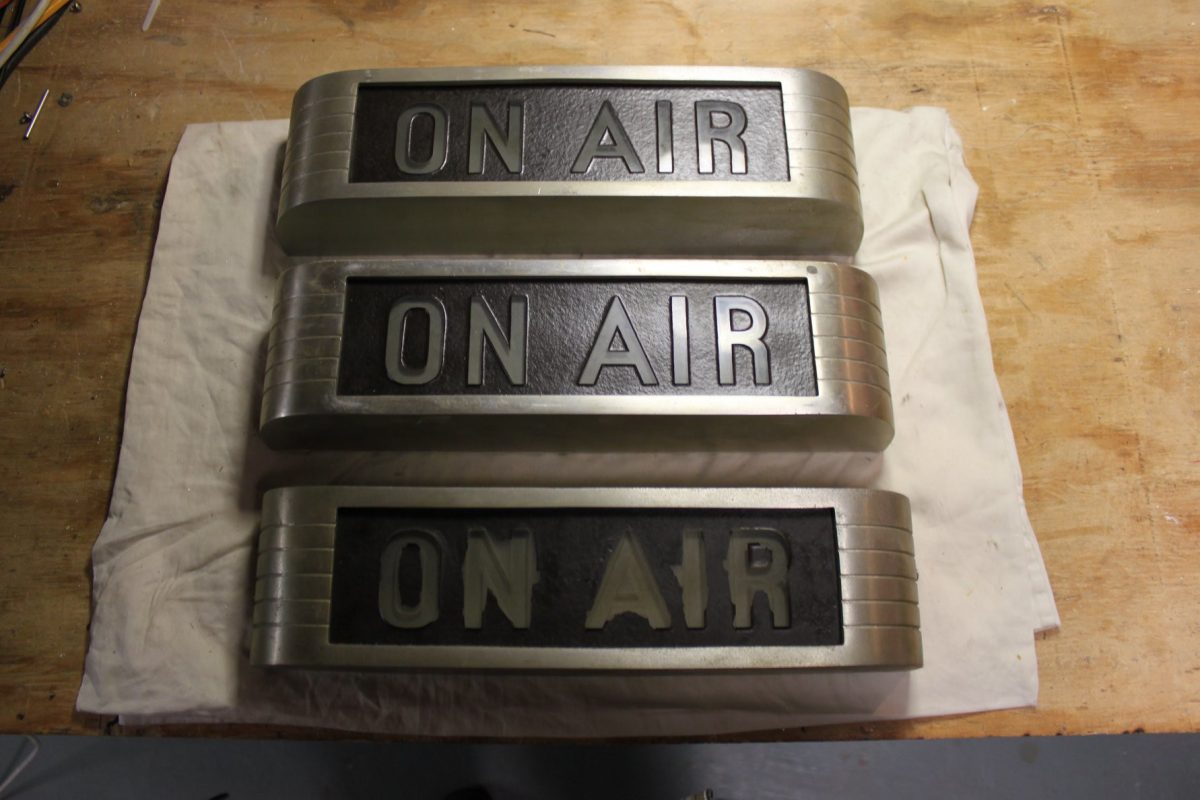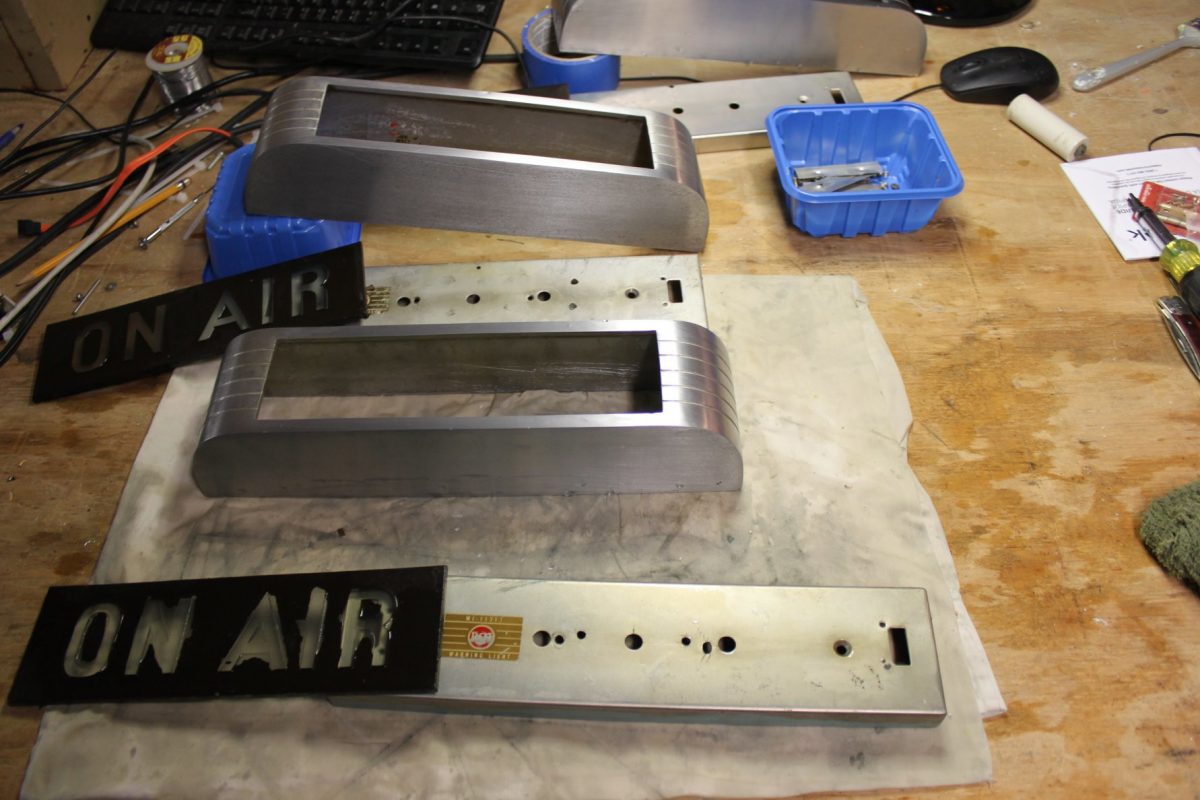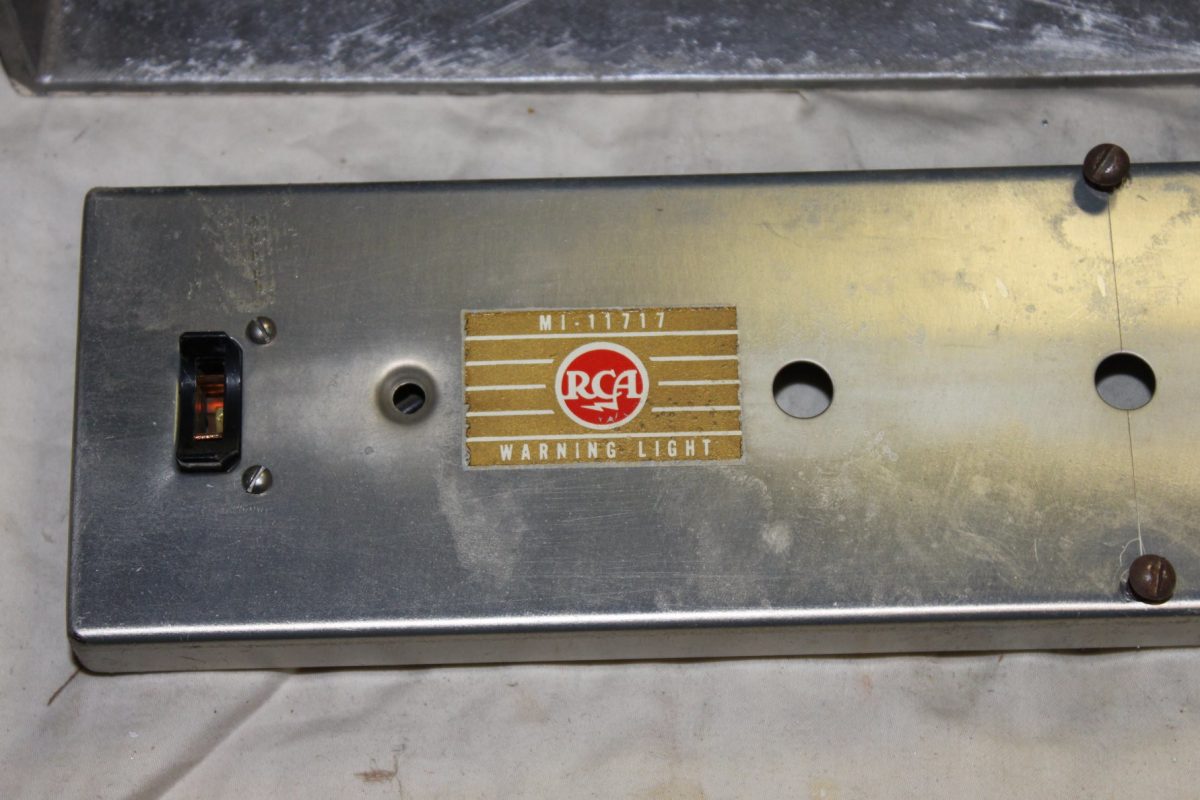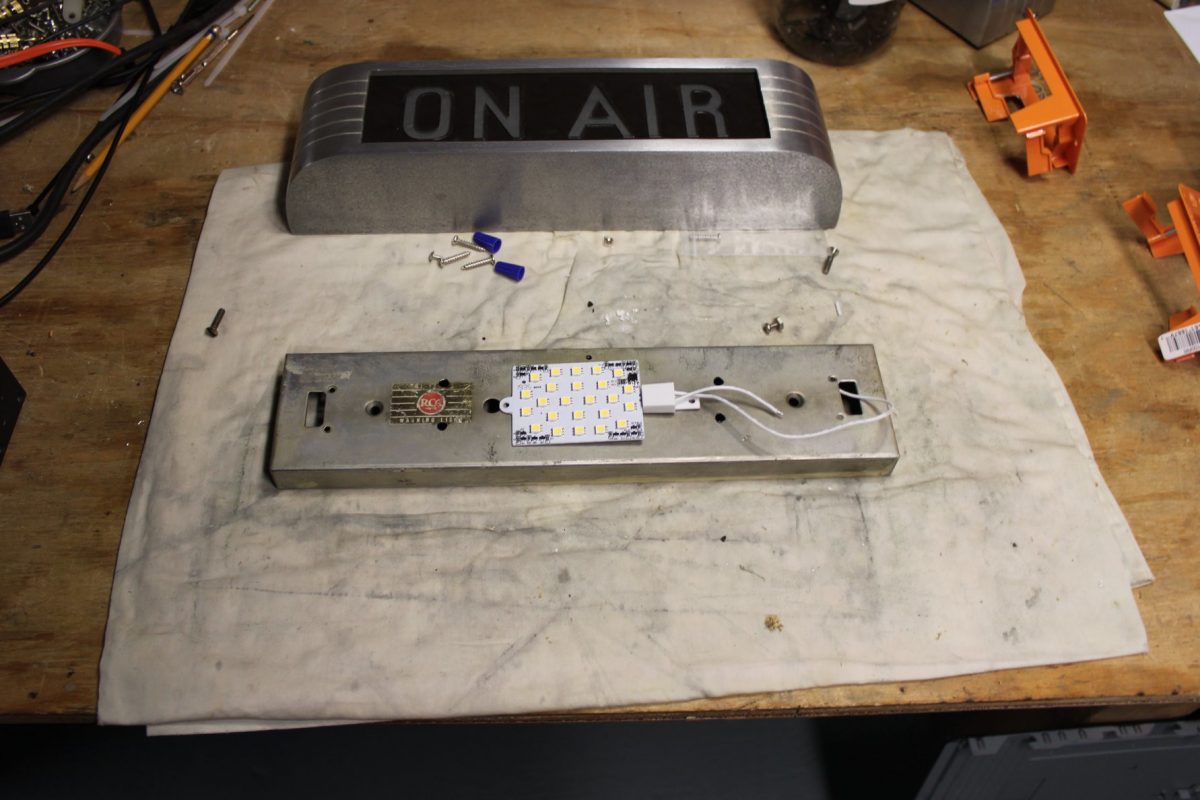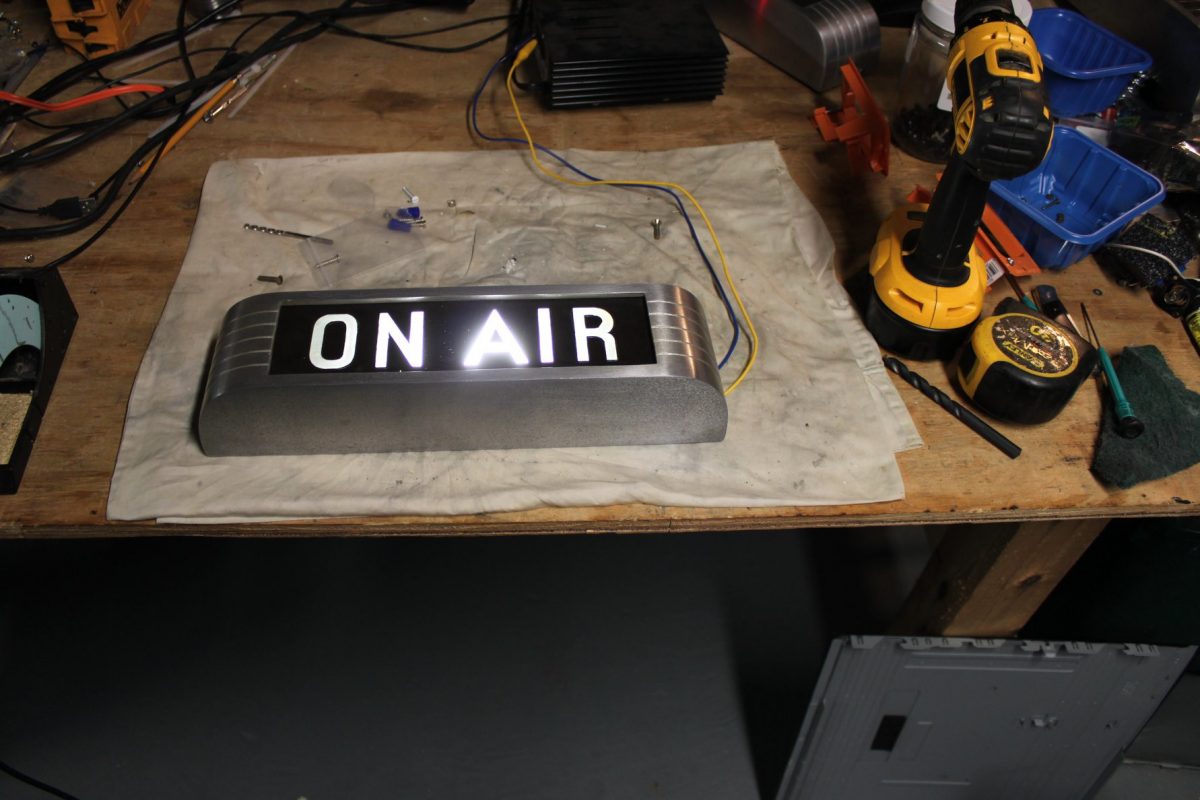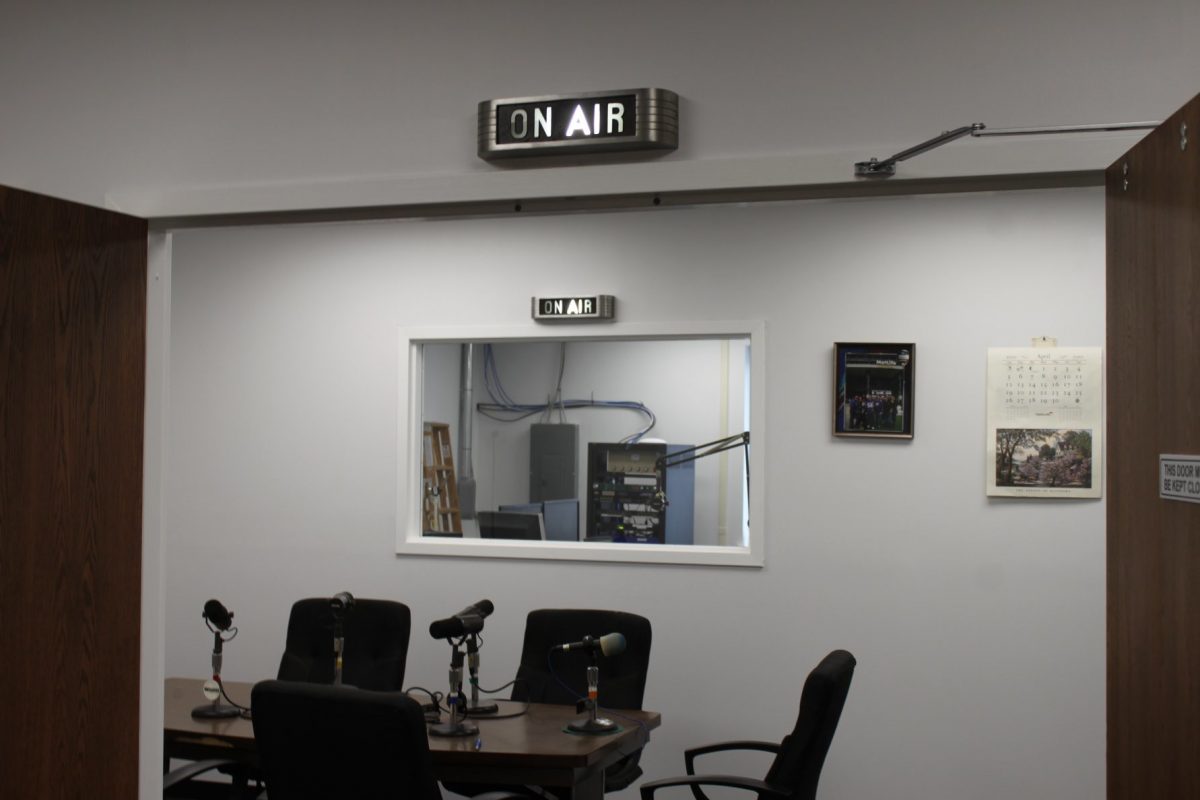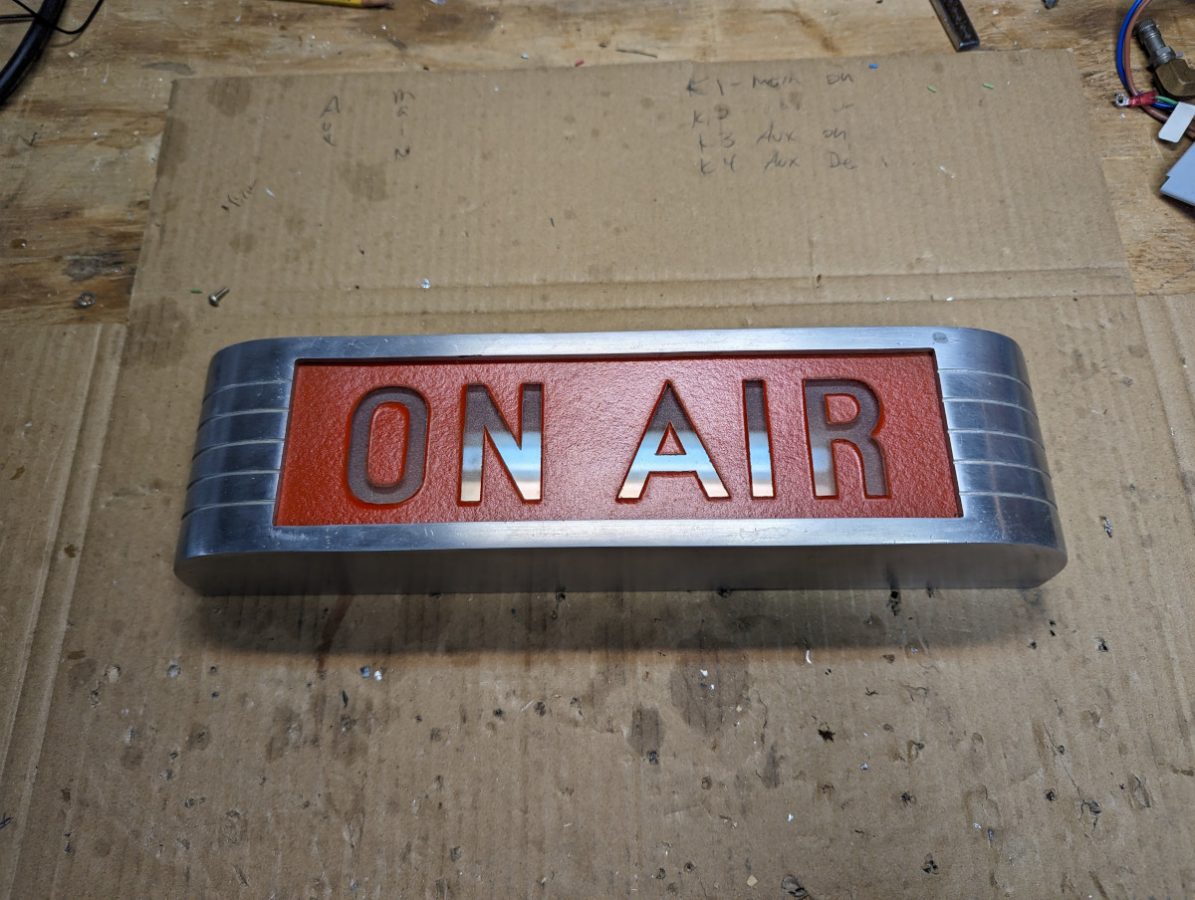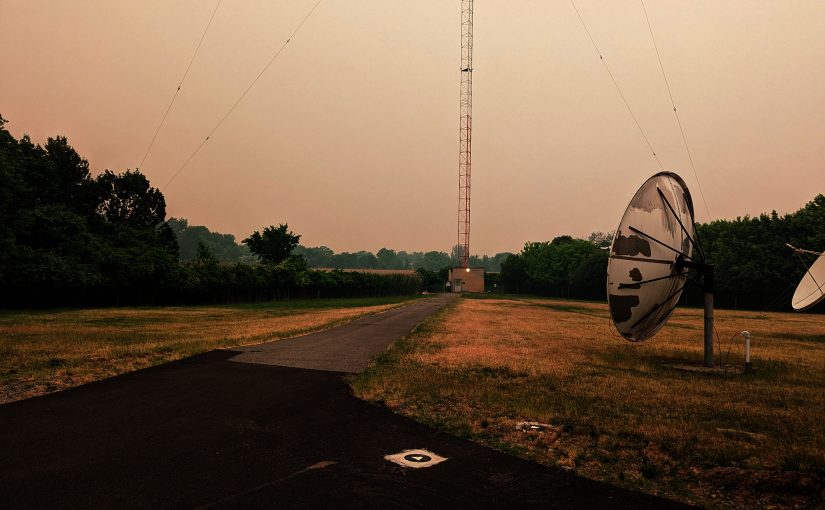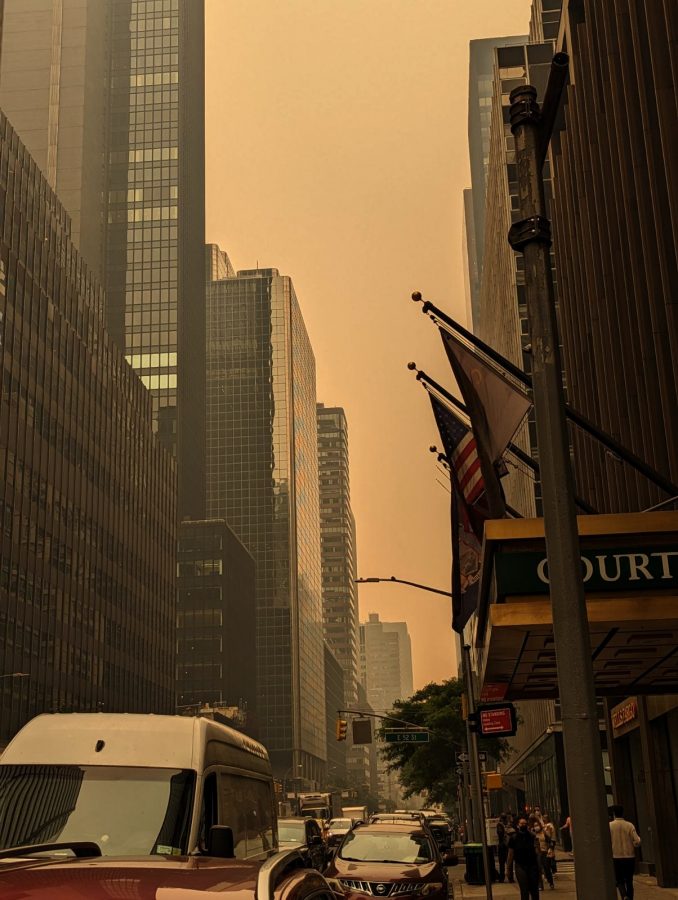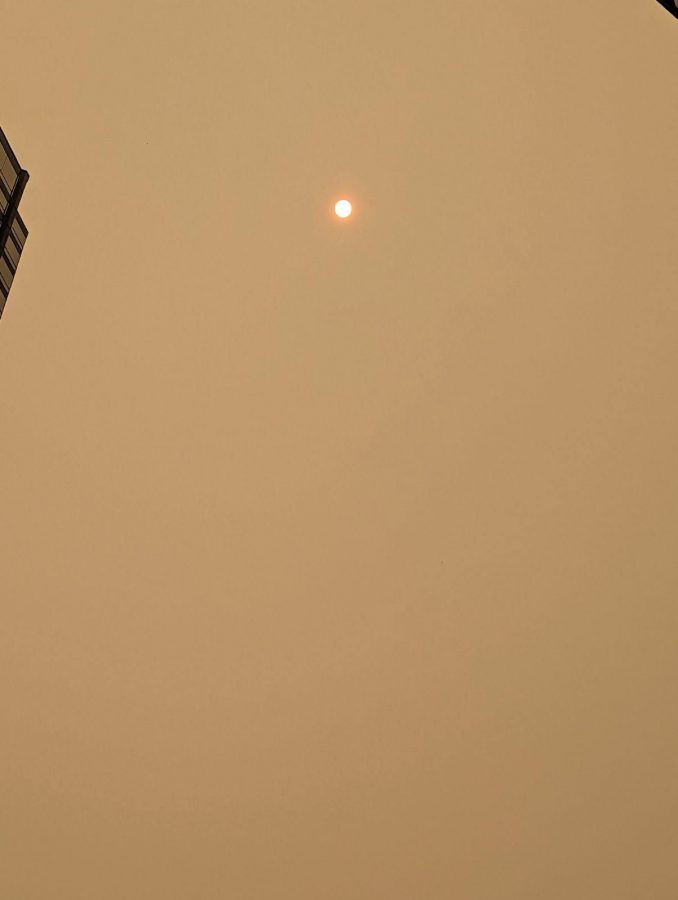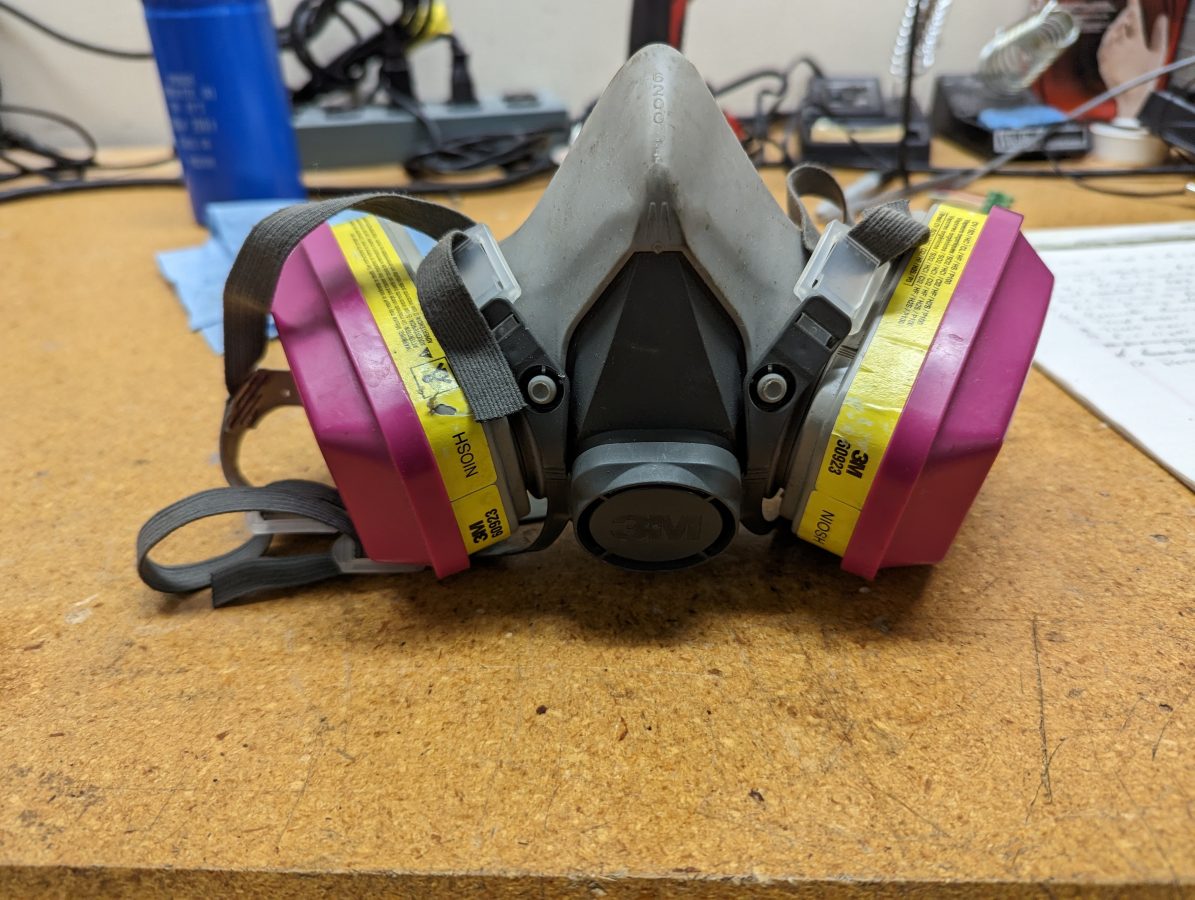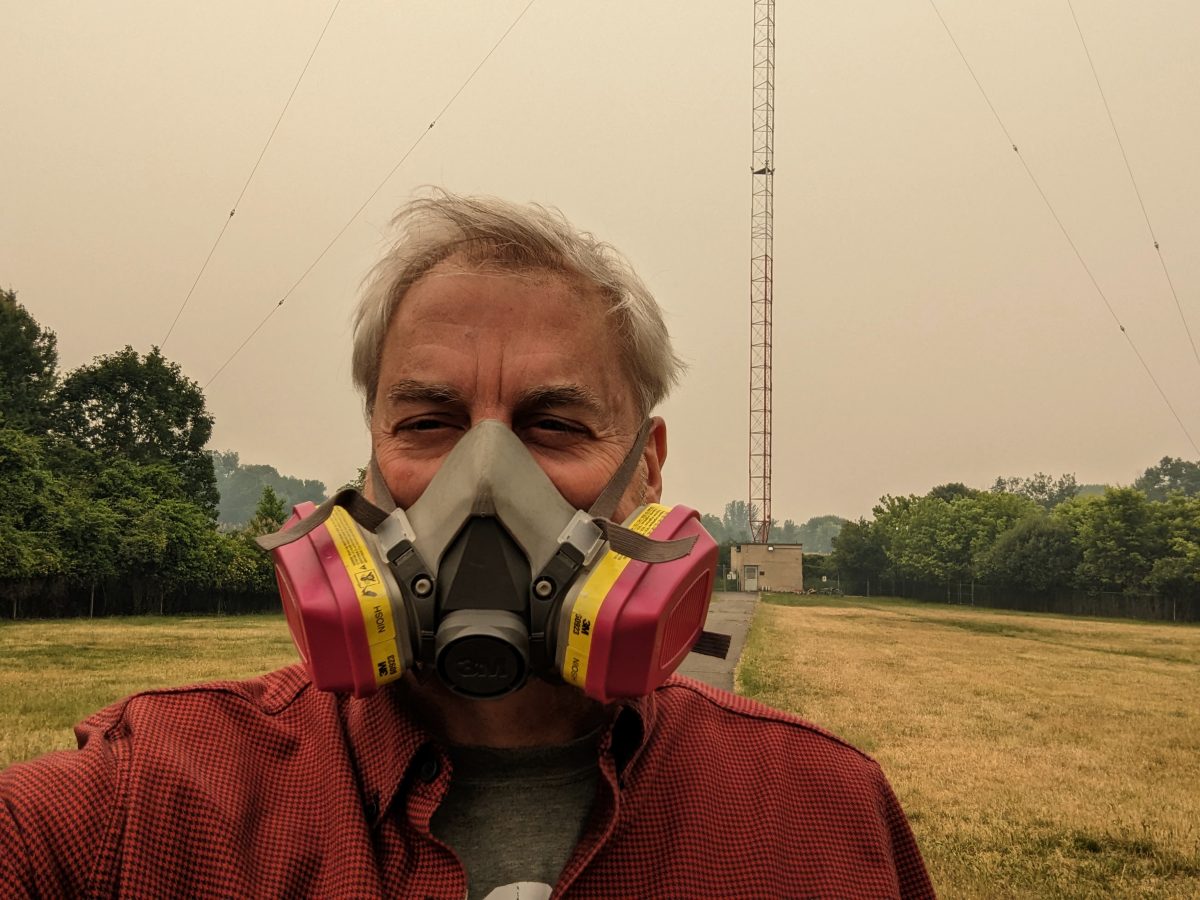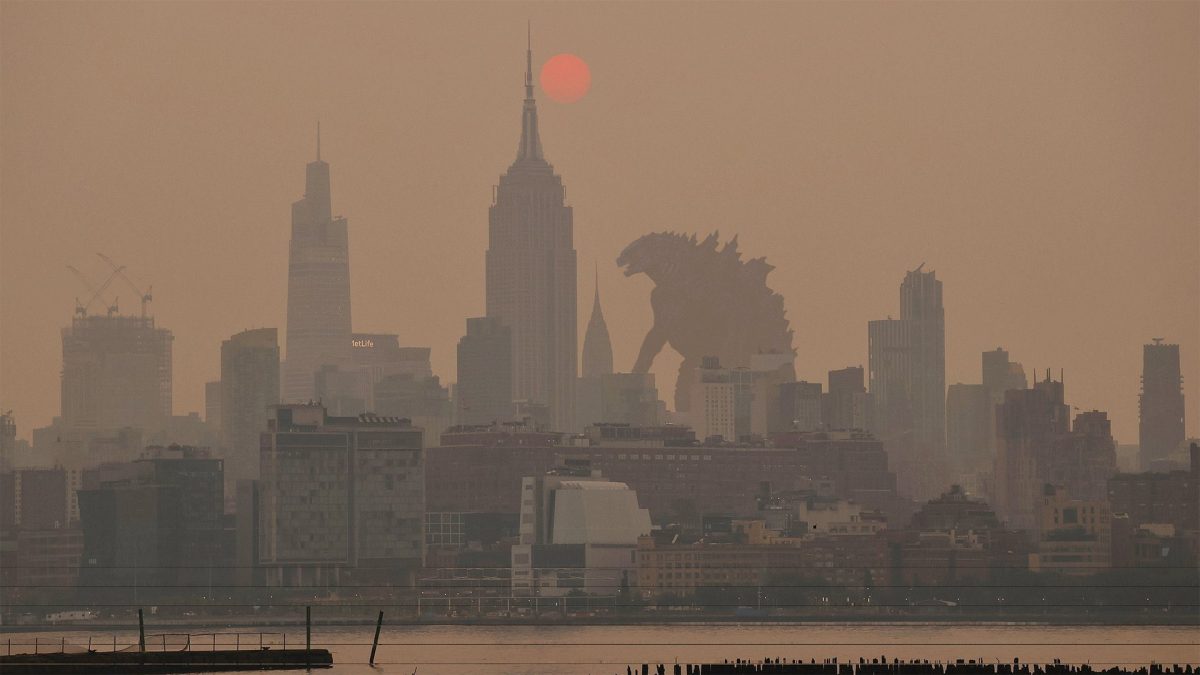The weather affects many things. When the weather improves, outdoor projects like tower work can be completed. When the weather is terrible, we may need to do extra work restoring broadcast signals. Today, I am looking at Hurricane Lee, in the North Atlantic basin. Historically speaking, September is the month when we get Hurricanes in the Northeast.
As of this writing, it is too early to be concerned about Lee. Hurricanes can be very unpredictable and there is a good chance the forecast will change many times over the next week or so. That being said, this time of year is a good time to call the fuel companies and top off the generator tanks since winter is coming in a few months anyway. As the situation develops, I may need to dust off the pre-storm checklist.
The basic pre-storm checklist looks something like this:
- 96 hours or more before the storm: Schedule fuel deliveries for generators, and top off oil and water as needed. Test generators under load if possible. Check UPS batteries. Make an off-site data backup if it does not already exist.
- 72 hours before the storm: Coordinate with programming to have backup programs available in the event that the satellite dish is damaged, the internet goes down, etc. Inventory and restock PPE, emergency food, water, blankets, first aid supplies, batteries, etc.
- 48 hours before the storm: Procure supplies needed to secure buildings and sites (plywood, tarps, sandbags, rope, nails, screws, etc). Work out backups for internet STL systems if possible. Work on access plans to remote sites. Make sure that you have the proper tools available.
- 24 hours before the storm: Secure your personal dwelling, and make sure you have a plan for pets and loved ones. Secure proper shelter for everyone. Fill vehicle gas tanks, and fill portable gas tanks. Update off-site data backup and secure in a safe location.
- 12 hours before the storm: Secure buildings, park vehicles in areas where they will not be damaged by flooding or blowing debris, and make any last-minute supply runs for emergency food and water. Have a set or two of dry clothes and shoes in your vehicle (almost nothing is worse than spending 12-24 hours in wet and cold clothes). Coordinate response with other station personnel, prioritize the order of restoration, and coordinate with local authorities on their needs.
A few years ago, I purchased one of these LiPo battery chain saws:
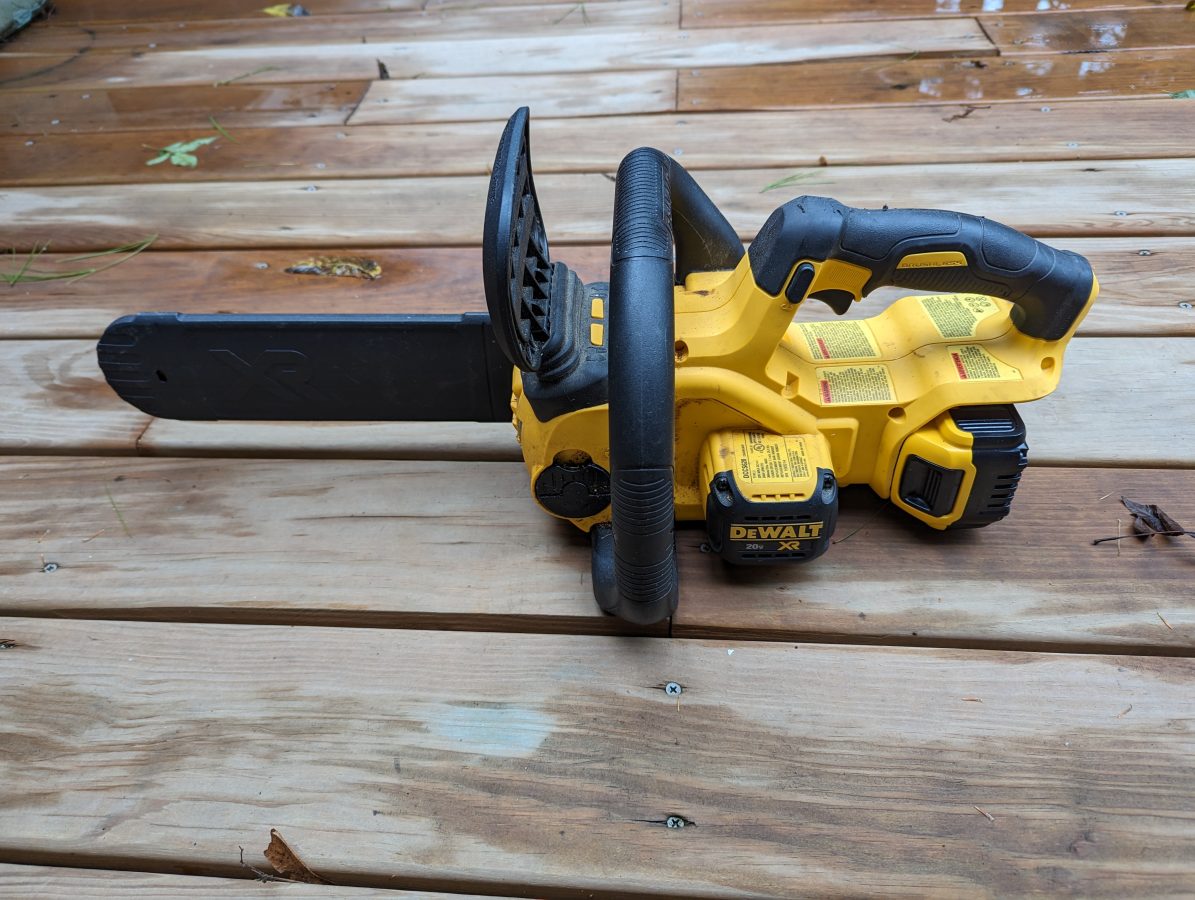
These are great units because you do not have to carry cans of 2-cycle gas around. This model will cut trees 12-14 inches in diameter and I get about 25-35 minutes of cutting time per battery depending on the motor load. I have used it several times to cut small trees from access roads to tower sites.
Above all else, during and after the storm, be safe. Do not take any risks involving downed wires, damaged towers, satellite dishes, etc.

